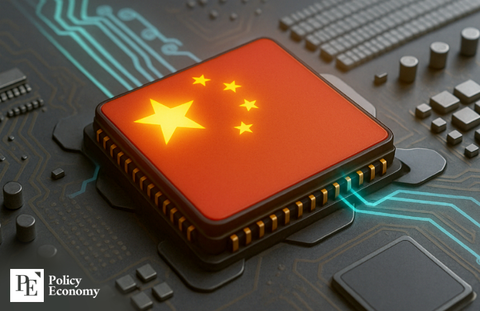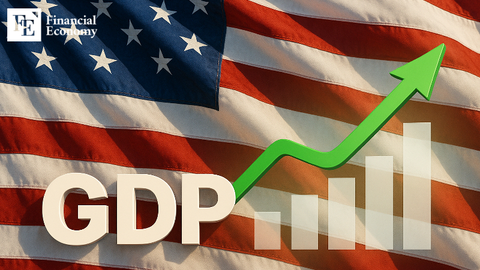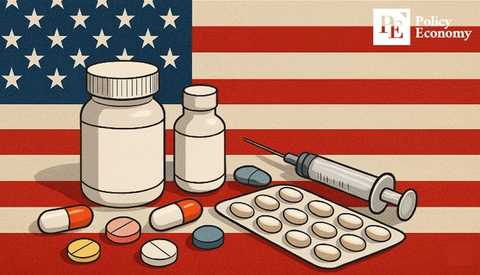China Accelerates Domestic Demand Push With Interest Subsidies for Consumer and Small Business Loans
Input
Modified
Beijing Sees “Boost to Consumption and Economic Growth”
Shift in Focus as Export-Led Model Hits Limits
Comprehensive Stimulus Faces Questions Over Sustainability
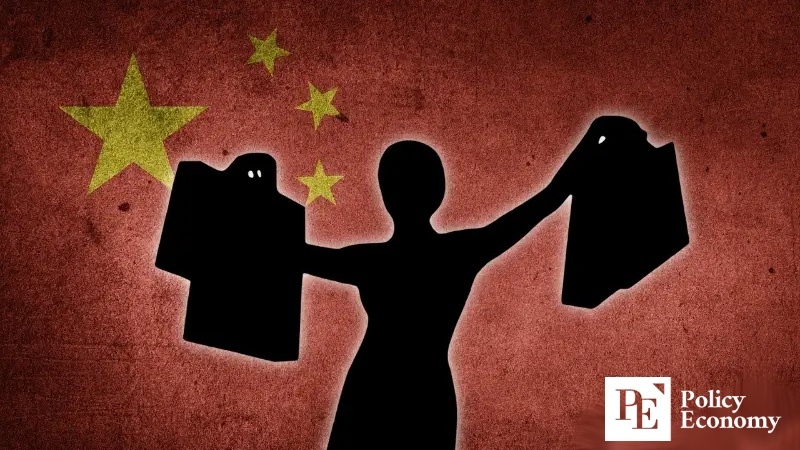
Starting in September, the Chinese government will provide an annual 1 percentage point interest subsidy for one year on consumer and small business loans, in a bid to accelerate domestic demand. The move reflects Beijing’s recognition that its export-driven growth model is losing steam amid prolonged U.S.-China trade tensions, making domestic consumption a vital pillar of economic policy. Framed as a direct support measure to complement earlier quantitative easing and other stimulus tools, the program underscores China’s urgency in countering slowing growth. Yet concerns over long-term fiscal burdens and rising public debt continue to cloud the outlook.
Boosting Disposable Income to Fuel Spending
According to the People’s Daily on the 13th, China’s Ministry of Finance, the People’s Bank of China, and the National Financial Regulatory Administration jointly announced an “Implementation Plan for Fiscal Interest Subsidies on Personal Consumption Loans.” From September 1 this year to August 31 next year, consumers who borrow from banks or other financial institutions and can prove the funds were used for actual purchases will have a portion of their interest payments discounted. In March, China raised the cap on personal consumption loans from RMB 300,000 (USD 41,000) to RMB 500,000 (USD 68,000) to spur spending.
The subsidies will apply to single purchases of up to RMB 50,000 (USD 6,800) or to larger-ticket spending in categories such as automobiles, education, dependent care, culture and tourism, home renovation, and healthcare. For purchases above RMB 50,000, subsidies will apply to the first RMB 50,000 of the transaction. At an annual subsidy rate of 1 percentage point, consumers paying an interest rate of about 3% could see their borrowing costs drop to around 2%.
On the same day, the Ministry of Finance and the Ministry of Civil Affairs, along with seven other agencies, unveiled a parallel program for service-sector small businesses in eight consumer-related industries, including food and lodging, healthcare, eldercare, childcare, household services, cultural entertainment, tourism, and sports. The government will cover 1 percentage point of the loan interest rate, with a maximum loan size eligible for subsidies set at RMB 1 million (USD 136,000) per business.
Beijing expects these measures to stimulate consumer sentiment in the short term and ease downward economic pressure over the longer run. By reducing interest costs, the government aims to increase households’ disposable income and stabilize operating conditions for small businesses. Authorities plan to assess the program’s results after the first year and may extend its duration or expand its scope accordingly.
Emphasis on Direct Demand Creation
The pivot toward domestic demand reflects the direct impact of U.S. tariffs and trade restrictions, which have not only curtailed China’s exports but have also spilled over into technology, security, and finance. These structural constraints on overseas sales have prompted Beijing to accelerate its shift toward the domestic market as a new growth engine.
Since the second half of last year, China has sought to reorient its economy toward consumption, but progress has been limited due to the combined effects of slowing growth, a depressed property market, and job insecurity. Quantitative easing launched late last year—the first time since the global financial crisis that Beijing loosened its monetary stance—was seen as a sign of its determination to boost domestic demand, yet it brought side effects such as rising debt and asset market instability.
Policymakers now appear focused on measures that can deliver more immediate demand-side impact. The newly announced loan interest subsidy programs exemplify this approach—lowering borrowing costs directly to spur both consumption and investment. Unlike previous stimulus packages, these policies are designed to yield instant cost savings for consumers and small business owners, reinforcing the government’s execution of its domestic-led growth strategy.
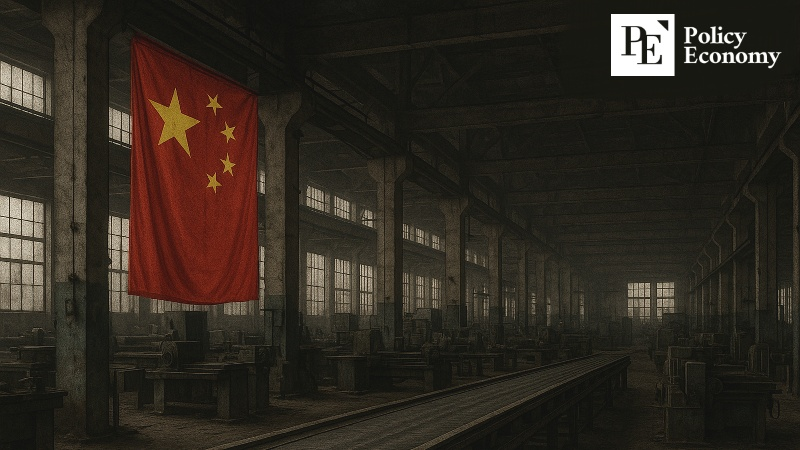
Fiscal Strains Emerging at Both Local and Central Levels
Analysts agree that China’s domestic demand drive is likely to become a long-term structural priority, given the improbability of a quick resolution to U.S.-China tensions. Since the start of the year, Beijing has rolled out a steady stream of stimulus measures, placing consumption at the top of its economic agenda—an approach that contrasts sharply with its previous reluctance to even mention deflation risks.
The clearest signal came during March’s National People’s Congress, where Premier Li Qiang mentioned “consumption” 31 times in his work report. He acknowledged that “the foundation for domestic economic recovery remains unstable, with particularly weak effective demand and consumption,” and pledged to “focus on stimulating consumption as a lever for smooth and sustained economic circulation.”
To that end, the government has launched an array of sector-specific programs, from subsidies for car and appliance purchases to incentives for tourism, cultural activities, and rural consumption. The aim is to spur spending across everyday life, not just in isolated industries.
However, these measures have increased fiscal pressure on local governments, with some regions halting subsidies altogether. Sluggish growth and the property downturn have eroded local revenues, making it harder to sustain support programs. As a result, the central government has stepped in with direct fiscal transfers to cover local shortfalls and keep the policies alive.
This central-local cost-sharing arrangement may preserve policy effectiveness in the short term, but over time it could significantly increase the central government’s fiscal burden. Critics warn that aggressive spending could push up China’s debt-to-GDP ratio and potentially undermine the stability of its financial system.



